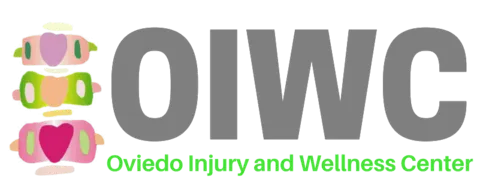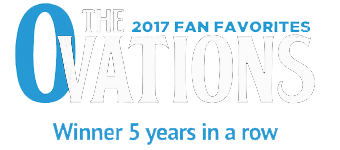Headaches
In general, you will suffer from three types of headaches—migraine, tension, or cluster headaches. When you visit our Oviedo chiropractor for headaches, he will start by diagnosing the type of headache you are experiencing. Tension headaches are the most common and are located throughout the head. These headaches are dull and achy, and can stretch out for days. Migraine and cluster headaches are closely related. These types of headaches are intense and located within a particular area of the head, rather than all over. When you have a migraine, in particular, the attack can lead to nausea or a sensitivity to light. Cluster type headaches occur for a period of time then you may not have them for a while. Duke University Evidence-Based Practice Center in Durham, NC, found that "spinal manipulation resulted in almost immediate improvement for those headaches that originate in the neck, and had significantly fewer side effects and longer-lasting relief of tension-type headache than commonly prescribed medications." These findings support an earlier study published in the Journal of Manipulative and Physiological Therapeutics that found spinal manipulative therapy to be very effective for treating tension headaches.
What causes Common Causes of Chronic Headaches and Migraine?
Chronic headaches and migraines can be caused by a number of health issues. For example, you can suffer from headaches due to food allergens, high blood pressure or heart disease. TMJ or a tightness within your neck muscles can lead to tension and pain in your head. Poor posture and abnormal positioning of the bones in your spine can also cause headaches to occur. When you have a migraine or cluster headache it is typically caused by a dilation of blood vessels within the brain that leads to pressure.
How do you treat headaches?
Chiropractic treatment for headaches is moving the neck vertebrae (bones) to re-establish normal motion and position of the joints, with no twisting or cracking. Moving the first and second vertebrae (bones) gently back into normal position has shown great success with migraine/cluster style headaches. Focus on the lower vertebrae (bones and the occiput (base of skull) gives relief with tension headaches. Dr. Ressler will also provide trigger point release to tight bound up knotted muscles. He will also provide specific stretching exercises to incorporate into your treatment. This combination of treating both the muscle and bone aspects of the joint enables maximum recovery from headaches. Muscle relaxants, pain killers and bed rest decrease the symptoms of the problem but do not correct the problem itself.
How do you treat headaches with medical massage?
Headaches are associated with four trigger points within the muscles including the Splenius and Suboccipitals. By using trigger point therapy we can provide relief and deactivate the muscle related to the headache pain. We also offer lifestyle advice and preventative care for patients who are dealing with chronic headaches. Massage therapy can help reduce tension related to headache pain, which is also available at our chiropractor in Oviedo.
Headache Trigger Points
Trigger point therapy for headaches tends to involve four muscles: the Splenius muscles, the Suboccipitals, the Sternocleidomastoid (SCM) and the Trapezius. The Splenius muscles are comprised of two individual muscles - the Splenius Capitis and the Splenius Cervicis. Both of these muscles run from the upper back to either the base of the skull (splenius capitis) or the upper cervical vertebrae (Splenius Cervicis). Trigger points in the Splenius muscles are a common cause of headache pain that travels through the head to the back of the eye, as well as to the top of the head.
The Suboccipitals are actually a group of four small muscles that are responsible for maintaining the proper movement and positioning between the first cervical vertebra and the base of the skull. Trigger points in these muscles will cause pain that feels like it's inside the head, extending from the back of the head to the eye and forehead. Often times it will feel like the whole side of the head hurts, a pain pattern similar to that experienced with a migraine.
The Sternocleidomastoid (SCM) muscle runs from the base of the skull, just behind the ear, down the side of the neck to attach to the top of the sternum (breastbone). Although most people are not aware of the SCM trigger points, their effects are widespread, including referred pain, balance problems and visual disturbances. Referred pain patterns tend to be deep eye pain, headaches over the eye and can even cause earaches. Another unusual characteristic of SCM trigger points is that they can cause dizziness, nausea and unbalance.
The trapezius muscle is the very large, flat muscle in the upper and mid back. A common trigger point located in the very top of the Trapezius muscle refers pain to the temple and back of the head and is sometimes responsible for headache pain. This trigger point is capable of producing satellite trigger points in the muscles in the temple or jaw, which can lead to jaw or tooth pain.



